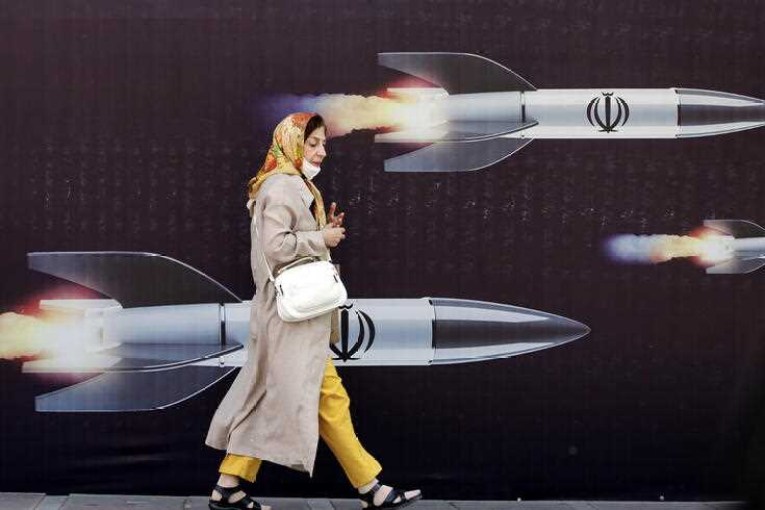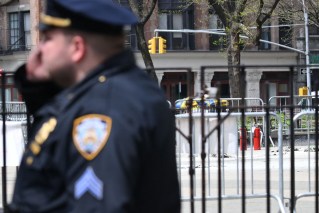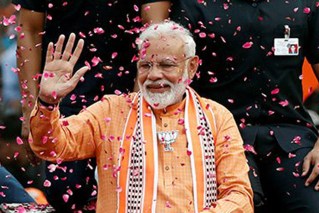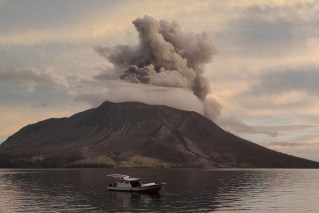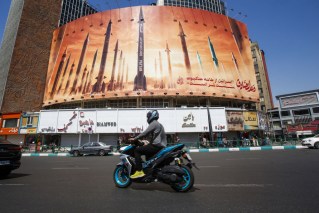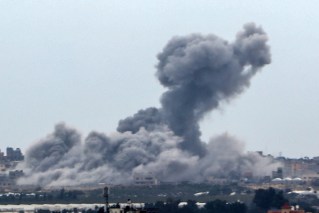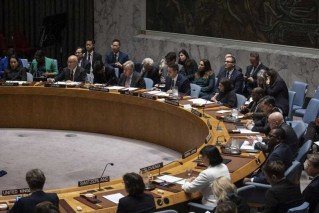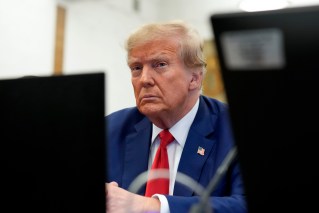On This Day: Japan’s military attack on Pearl Harbour blindsides the US

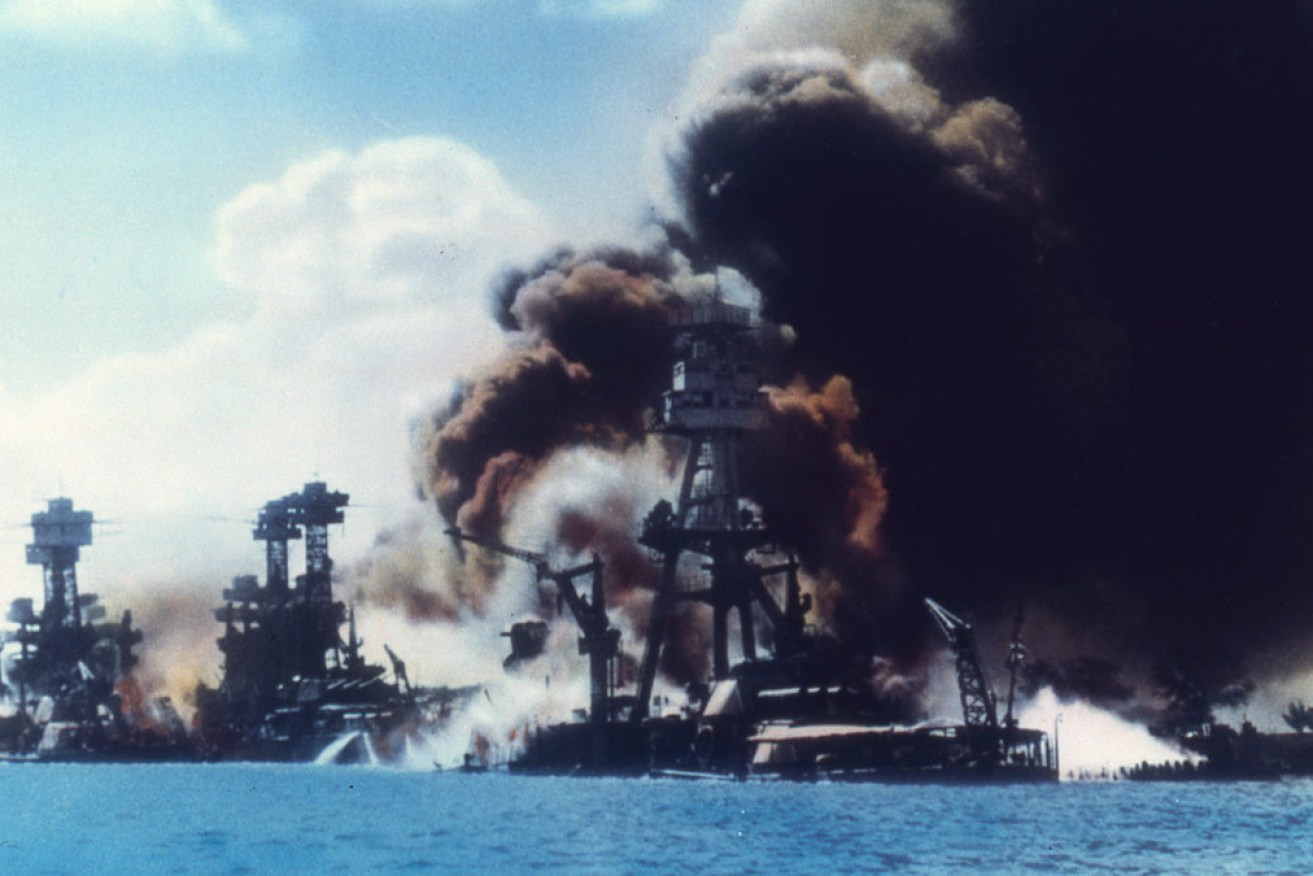
Explosions damaged American battleships during the Japanese attack on Pearl Harbour. Photo: Getty
It started off like an ordinary morning in Hawaii.
Across the US territory, locals and navy personnel started waking up and getting on with their day.
Just before 8am, an unusual sound came from the sky.
Within hours, the island was left in ruins, battleships were damaged or sunk, and 2403 people were dead.

A view of the USS Shaw exploding at the US Naval Base in Pearl Harbour, Hawaii, after the Japanese bombing. Photo: Getty
On this day in 1941, during the middle of World War II, the Japanese army carried out a surprise military strike on Pearl Harbour, a US naval base near Honolulu, Hawaii.
No one saw it coming.
Up until that point, the US had not been involved in the war, which began in Europe in 1939 when Germany invaded Poland.
Japan’s attack, using fighter aircraft, level and dive bombers and torpedo bombers, was intended to prevent the Americans from entering World War II.

Smoke rises from the burning buildings on Ford Island, Pearl Harbour, after the surprise attack by Japanese forces. Photo: Getty
Germany’s ally did not want the US interfering and getting in the way of its ambitions to take over British and Dutch territories in south-east Asia.
The lack of any formal warning by Japan – especially while peace negotiations were apparently ongoing – totally blindsided the US.

Adolf Hitler’s Nazi Germany and Japan became allies in 1940. Photo: Getty
During the attack, the Japanese destroyed 188 US aircraft and sunk four battleships, three cruisers, three destroyers and several other warships.
But their plan to keep the US out of the war dramatically backfired.
The next day, the US officially declared war on Japan and began sending troops to Europe.
President Franklin D Roosevelt proclaimed December 7, 1941 a “date that will live in infamy”.
On the popular holiday island, the pain of Pearl Habour remains to this day.

President Franklin D. Roosevelt, wearing a black armband, signed the United States’ declaration of war against Japan on December 8, 1941. Photo: Getty
